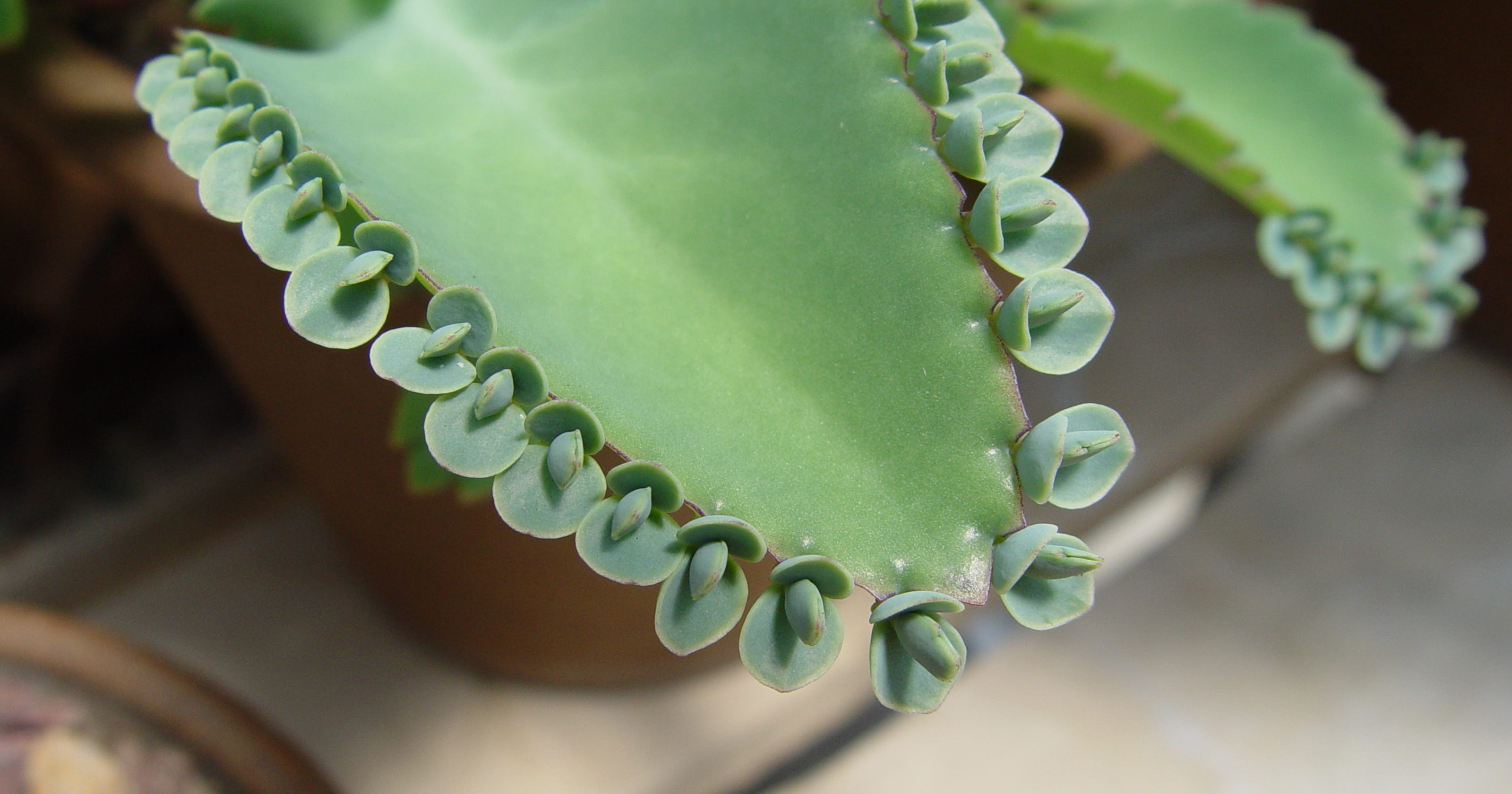In the intricate tapestry of ecosystems, the introduction of non-native species can often have devastating consequences. One such example is the invasive plant species known as Mother of Millions (Kalanchoe x houghtonii). Originally from Madagascar, this succulent has spread rapidly in various regions, outcompeting native flora and disrupting the delicate balance of ecosystems. However, there is hope in restoring equilibrium by introducing native species like Gallberry (Ilex glabra). In this blog, we’ll explore the threats posed by Mother of Millions and the benefits of replacing it with Gallberry.
Understanding Mother of Millions:
Mother of Millions reproduce prolifically, producing numerous plantlets along the edges of their leaves. This reproductive strategy allows them to spread rapidly, colonizing new areas, and outcompeting native vegetation for resources such as water, sunlight, and nutrients. reproduces both sexually and vegetatively. In vegetative reproduction, suckers are produced from the base of the plant and daughter plantlets are formed along the edges of detached leaves (epiphyllous buds). The prolific growth of Mother of Millions poses several ecological threats:
1. Habitat Degradation: Mother of Millions can quickly establish dense populations, forming monocultures that displace native plants and reduce biodiversity.
2. Altered Ecosystem Dynamics: The presence of Mother of Millions can alter soil composition and nutrient cycling, affecting the entire ecosystem’s functioning.
3. Disruption of Wildlife Habitat: The invasive nature of Mother of Millions can negatively impact native wildlife by altering habitat structure and reducing food sources.

The Case for Gallberry:
Gallberry (Ilex glabra) is a native evergreen shrub found in southeastern United States. It belongs to the holly family and typically grows in wetland habitats such as swamps, bogs, and moist woodlands. Introducing Gallberry as a replacement for Mother of Millions offers several benefits:
1. Ecological Restoration: Gallberry plays a crucial role in maintaining the biodiversity of wetland ecosystems. Its dense foliage provides habitat and food for a variety of wildlife species, including birds, mammals, and insects.
2. Soil Stabilization: The extensive root system of Gallberry helps prevent soil erosion, especially in areas prone to flooding and water runoff.
3. Native Plant Diversity: By promoting the growth of Gallberry, we can enhance the diversity of native plant species in impacted ecosystems, contributing to overall ecological resilience.

Implementing Change:
Replacing Mother of Millions with Gallberry requires a concerted effort involving conservation organizations, land managers, and local communities. Some steps that can be taken include; removal of the invasive species, promotion and planting of native species such as Gallberry, and regular monitoring of restored areas.
The spread of invasive species like Mother of Millions poses significant challenges to ecosystem health and biodiversity. However, by replacing invasive plants with native species like Gallberry, we can work towards restoring balance and resilience to our natural landscapes. Through collaborative efforts and informed conservation practices, we can protect and preserve the rich tapestry of life that sustains us all.
 2
2
